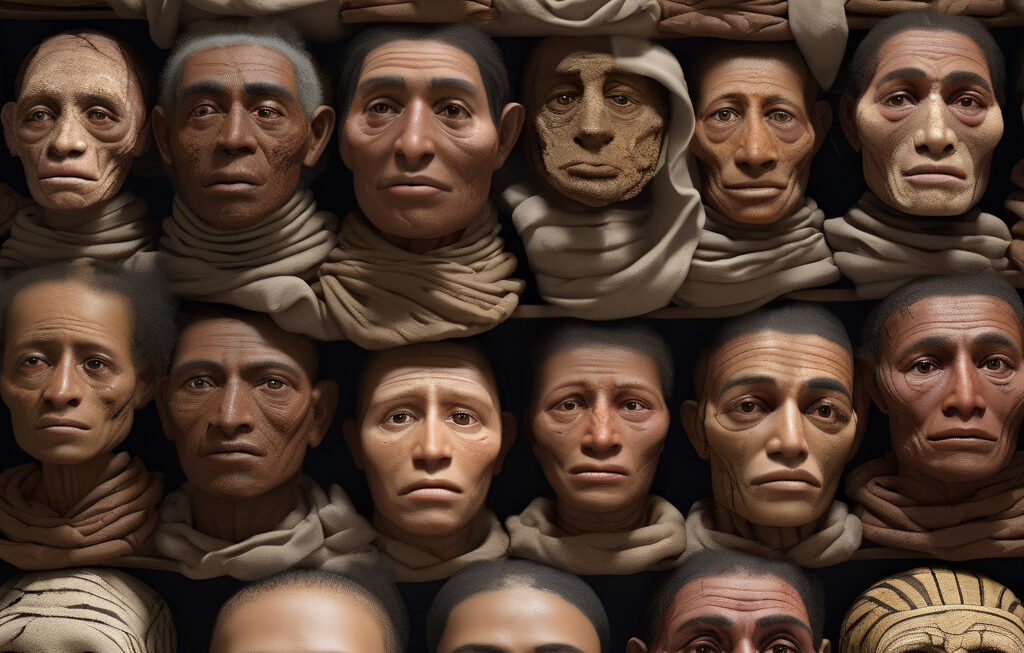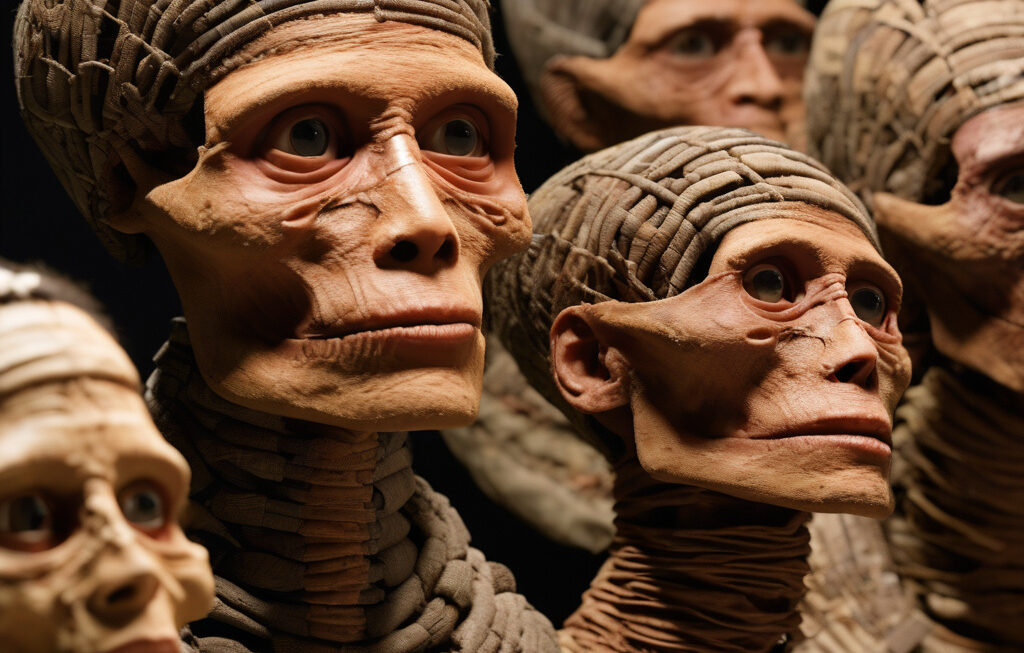AI Reveals Secrets of 2,000-Year-Old Herculaneum Scroll
In the realm of archaeology, every discovery holds the promise of unraveling ancient mysteries and shedding light on civilizations long past. Recently, a groundbreaking development in the field has captured the attention of historians and researchers worldwide. The unveiling of hidden text from a 2,000-year-old Herculaneum scroll has been made possible through the ingenious combination of artificial intelligence (AI) and X-ray technology.
The Herculaneum scroll, a relic from the ancient Roman city destroyed by the eruption of Mount Vesuvius in 79 AD, has long posed a significant challenge to scholars. The delicate papyrus scroll, charred and tightly wound, has defied conventional attempts at deciphering its contents. However, thanks to the innovative application of AI algorithms and advanced X-ray scanning techniques, previously illegible sections of the scroll have been successfully decoded.
The process of revealing the hidden text began with the utilization of X-ray phase-contrast tomography, a cutting-edge imaging technology that captures detailed images of the internal structure of objects. By employing this non-invasive method, researchers were able to create high-resolution 3D reconstructions of the scroll without the need for physical intervention. This step was crucial in preserving the fragile artifact while providing valuable insights into its composition.
Once the X-ray scans were completed, AI algorithms were deployed to analyze the data and digitally enhance the images. Through pattern recognition and machine learning algorithms, the AI system was trained to distinguish between ink traces and papyrus fibers, effectively isolating the text from the background. This groundbreaking approach enabled researchers to reveal previously invisible writing on the scroll, opening up a new chapter in the study of ancient Roman literature and culture.
The implications of this technological breakthrough extend far beyond the realm of archaeology. The successful application of AI and X-ray technology in deciphering ancient texts not only revolutionizes the field of historical research but also showcases the transformative power of interdisciplinary collaboration. By harnessing the capabilities of machine learning and advanced imaging techniques, researchers have unlocked a wealth of knowledge preserved within fragile artifacts, paving the way for new discoveries and interpretations.
As we marvel at the intersection of technology and tradition in the unveiling of the Herculaneum scroll’s secrets, we are reminded of the boundless potential of human ingenuity to transcend the limitations of time and space. The marriage of AI and X-ray technology has not only brought ancient history to life but has also sparked a renewed sense of curiosity and wonder among scholars and enthusiasts alike. In a world where the past and the present converge, the journey of discovery continues, driven by the relentless pursuit of knowledge and the enduring quest to uncover the secrets of our shared heritage.
In conclusion, the remarkable achievement of revealing hidden text from the 2,000-year-old Herculaneum scroll serves as a testament to the transformative power of technological innovation and collaborative research. By harnessing the capabilities of AI and X-ray technology, researchers have unlocked a treasure trove of ancient knowledge, offering a glimpse into the rich tapestry of Roman civilization. As we gaze upon the deciphered text of this ancient artifact, we are reminded of the timeless allure of exploration and the endless possibilities that lie at the intersection of science and history.
heritage, technology, archaeology, AI, discovery










